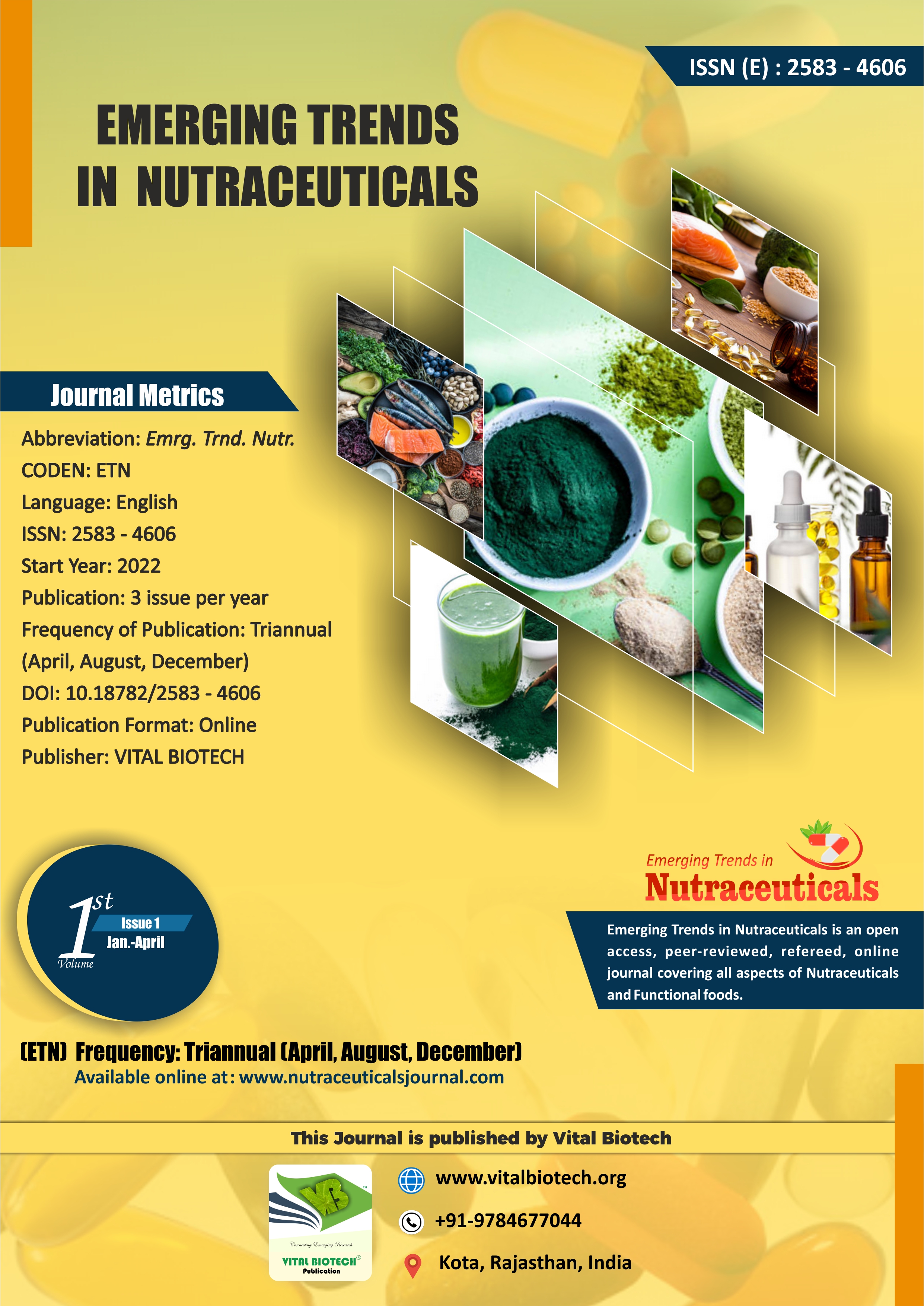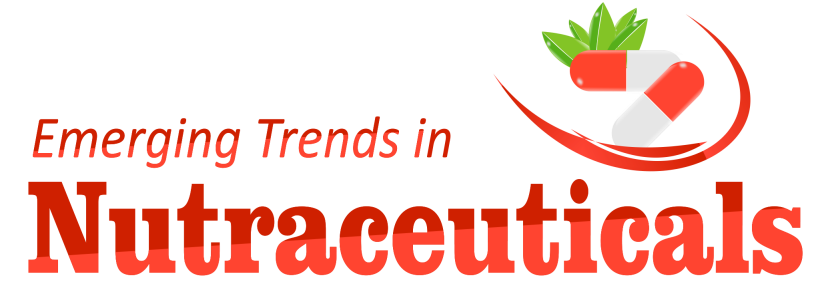
Archives
Emerging Trends in Nutraceuticals (ETN)
Year : 2022, Volume : 1, Issue : 1
First page : (37) Last page : (43)
Article doi: : http://dx.doi.org/10.18782/2583-4606.105
Probiotics: Facts and Myths
Shivangni1, Preeti Chaudhary2* and Anil K. Verma3
1Student MSc. Department of Food Science and Technology,
2Assistant Professor, College of Horticulture and Forestry, Neri, Hamirpur (H.P)
3Assistant Professor, Dr. Yashwant Singh Parmar University of Horticulture and Forestry, Nauni, Solan
*Corresponding Author E-mail: preetichoudhary0070@gmail.com
Received: 12.01.2022 | Revised: 24.02.2022 | Accepted: 15.03.2022
ABSTRACT
Probiotics square measure live microorganisms that, once administered in adequate amounts, confer a health profit on the host (FAO, 2014). Bifidobacterium and strains of carboxylic acid microorganism square measure the foremost wide used microorganism that exhibit prebiotic properties and square measure enclosed in several practical foods and dietary supplements (Diaz et al. 2019). The gut is a glorious place responsible for our digestive health and our overall well-being, including our mental health. A good gut leads to a strong immune system, less stress, and even higher serotonin levels (Leghari et al., 2021). According to scientific research, specific strains of probiotic microbes impart health advantages to the host and are safe for human consumption. However, because these effects are strain-specific, this information cannot be generalized to other strains. Probiotics may provide health advantages for problems like gastrointestinal infections, genitourinary infections, allergies, and some bowel disorders, which affect a large section of the world's population (Daliri et al., 2019). Increased awareness and knowledge of gut-healthy foods and the availability of a variety of gut-healthy foods at all levels of Indian society can improve overall health and avoid chronic diseases.
Keywоrds: Probiotics, Bifidobacterium, Microorganism, Foods.
Full Text : PDF; Journal doi : http://dx.doi.org/10.18782
Cite this article: Shivangni, Chaudhary, P., & Verma, A.K. (2022). Probiotics: Facts and Myths, Emrg. Trnd. Nutr. 1(1), 37-43. doi: http://dx.doi.org/10.18782/2583-4606.105

